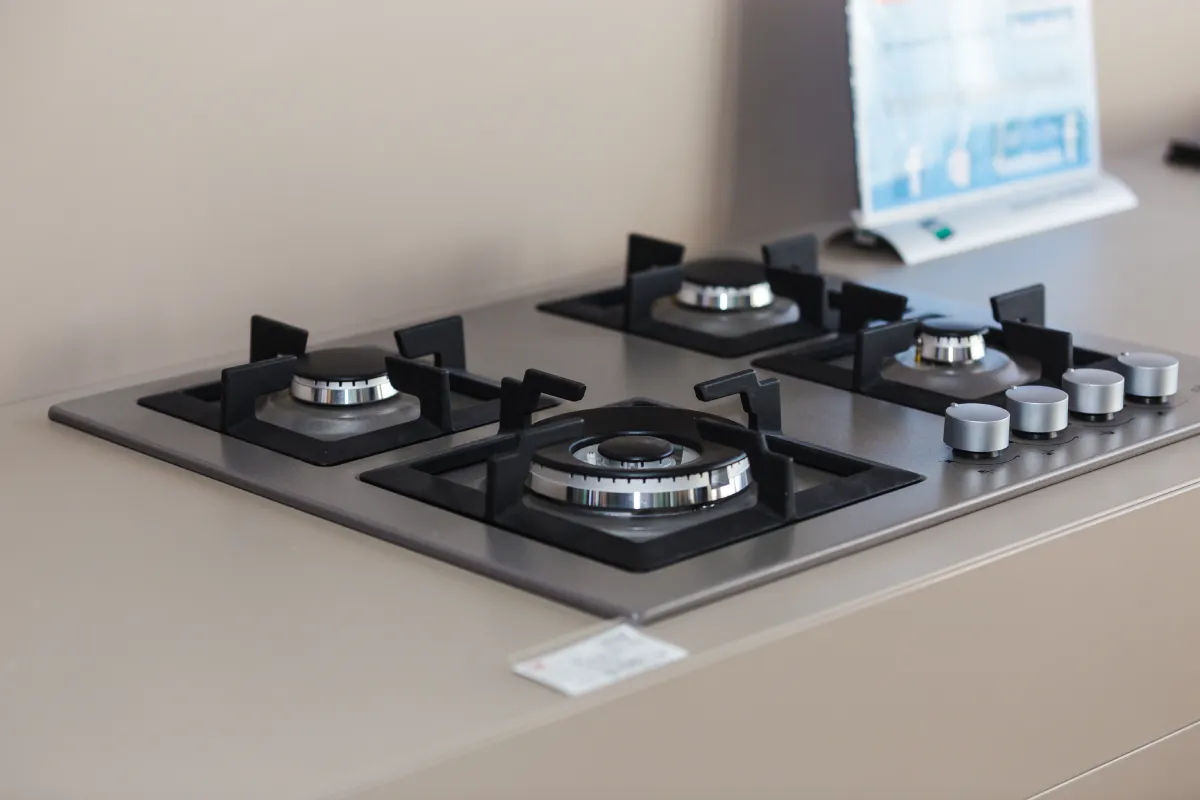The Cost Efficiency of Cooking with Gas in Your Kitchen
Cooking is a daily ritual in many households, and the choice of fuel can significantly impact both the experience and the expenses. Gas cooking has been a preferred choice for many chefs and home cooks due to its efficiency and control. But beyond the culinary advantages, there’s a strong argument for its cost efficiency. Understanding how cooking with gas can save you money is essential for making informed decisions in your kitchen.
This article explores the various aspects of gas cooking, from the initial setup to long-term savings. We’ll delve into tips on how to connect gas to your home, the cost comparison between gas and electric cooking, and more. By the end, you’ll have a clear understanding of why gas might be the smarter choice for your kitchen.
The Cost Comparison: Gas vs. Electric Cooking
When considering cost efficiency, the first thing to look at is the price of fuel. Gas is typically cheaper than electricity, especially in areas where natural gas is abundant. This lower cost per unit translates directly to savings on your energy bill. Additionally, gas stoves often heat up faster and maintain a more consistent temperature, reducing cooking times and energy usage.
On the other hand, electric stoves can be more expensive to operate due to higher electricity rates. They also tend to have a slower response time, which can lead to longer cooking durations and increased energy consumption. By opting for gas, you not only save on fuel costs but also benefit from quicker and more efficient cooking.
Performance Benefits of Gas Cooking
Beyond cost savings, gas cooking offers several performance benefits that make it a preferred choice for many. Gas burners provide immediate heat and precise control, allowing you to adjust the flame to the perfect level for any dish. This level of control is particularly beneficial for recipes that require rapid changes in temperature, such as searing or simmering.
Moreover, gas stoves distribute heat more evenly across the cookware, which can result in better cooking outcomes. Whether you’re frying, boiling, or baking, the consistent heat distribution helps prevent hotspots and ensures your food is cooked evenly. These performance advantages can enhance your cooking experience and lead to better-tasting meals.
Environmental Considerations
While cost and performance are crucial, it’s also essential to consider the environmental impact of your cooking choices. Gas is a cleaner-burning fuel compared to coal or oil, which means it produces fewer emissions. This can contribute to a lower carbon footprint, especially if your electricity is generated from fossil fuels.
However, it’s worth noting that natural gas is still a fossil fuel, and its extraction and transportation can have environmental impacts. To mitigate this, consider using biogas or renewable natural gas where available. These alternatives can offer the same cost and performance benefits with a reduced environmental impact.
How to Connect Gas to Your Home
If you’re convinced of the benefits of gas cooking, the next step is to figure out how to connect gas to your home. Connecting gas to your home involves a few key steps, and it’s crucial to follow safety protocols and local regulations.
First, check if your area has access to a natural gas supply. Contact your local utility provider to inquire about availability and installation procedures. If natural gas isn’t available, propane is a viable alternative that can be stored in tanks and used for cooking.
Once you’ve determined the fuel source, hire a licensed professional to install the necessary gas lines and connections. This ensures the installation meets all safety standards and reduces the risk of leaks or accidents. Additionally, the professional can help you choose the right stove and appliances for your kitchen setup.
Long-Term Savings and Maintenance
Investing in gas cooking can lead to significant long-term savings. Gas stoves tend to have lower operating costs compared to electric stoves, and they often last longer with proper maintenance. Routine maintenance includes checking for leaks, cleaning burners, and ensuring the ventilation system is functioning correctly.
Furthermore, gas appliances generally have fewer parts that can wear out or malfunction, leading to fewer repair costs over time. By maintaining your gas stove and appliances, you can extend their lifespan and maximize your savings.
Switching to gas cooking offers numerous benefits, from cost efficiency to enhanced performance. By understanding the cost comparisons, environmental considerations, and steps to connect gas to your home, you can make an informed decision that benefits both your wallet and your cooking experience. Gas cooking is a smart choice for those looking to save money and enjoy the many advantages it brings to the kitchen.

Leave a Reply